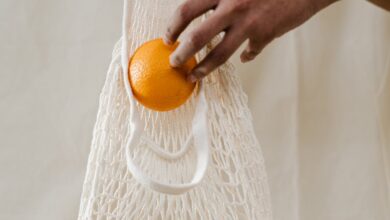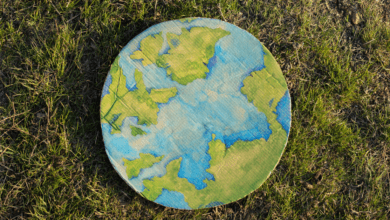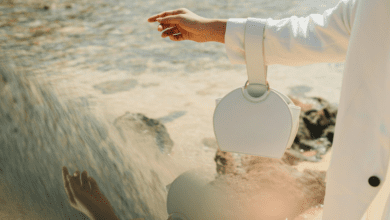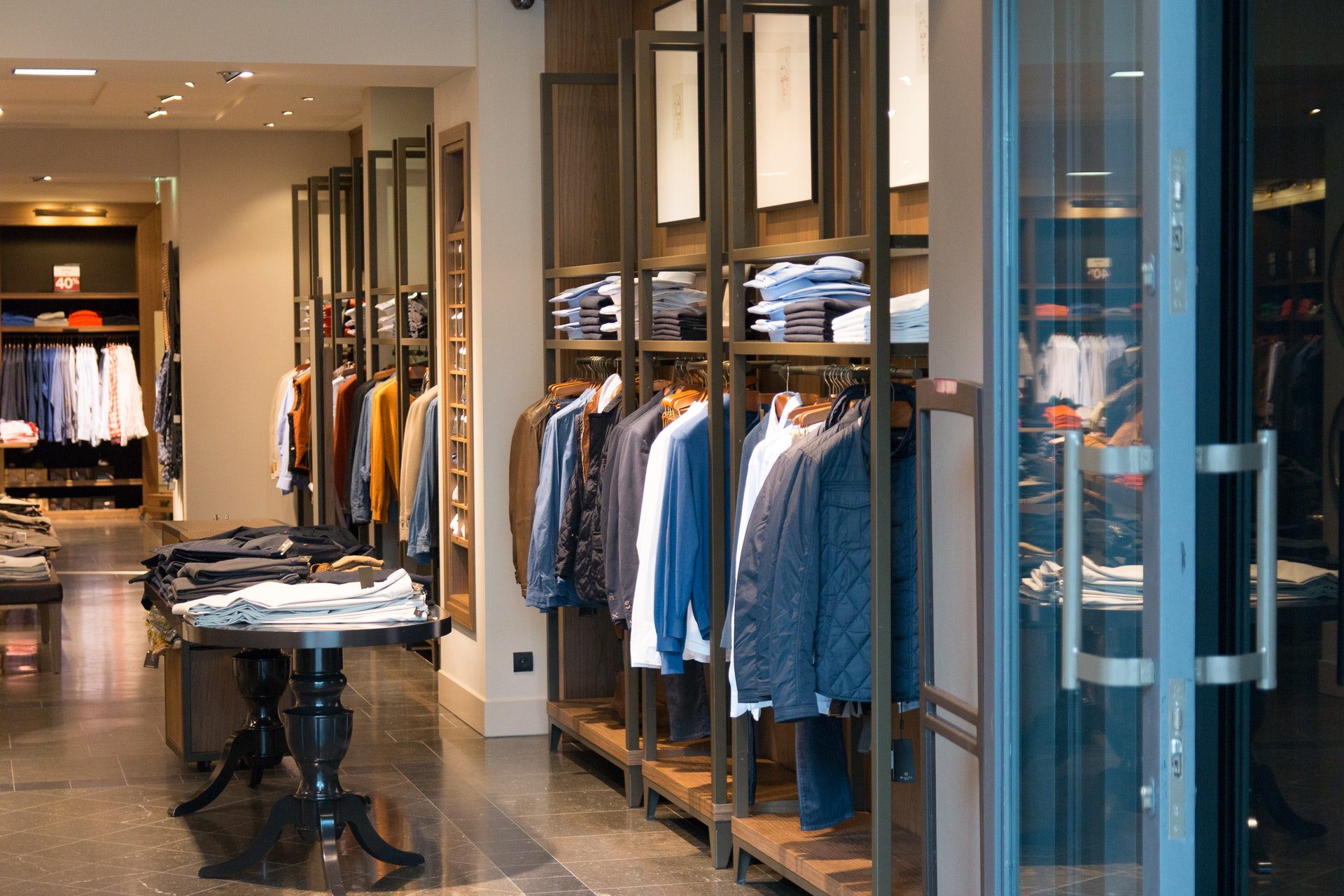
There is undoubtedly a perception of what luxury is. After all, we have been fed marketing slogans and imagery since we were children. We have been conditioned.
But if we break it down, is ‘luxury’ that complex? On the one hand, we are given a story of heritage and experience; finely crafted items, handmade, impeccable stitching, traditional methods of workmanship and so it goes. On the other hand, we have the materials; high quality, premium quality, without compromise, no expense spared, top grain leather, Italian leather. And, leather is still seen as the most premium option, despite the mass market and pollution that sits behind it.
Do you RT and share posts about saving the planet, about recycling more, and reducing the waste entering our oceans? Well, there are businesses watching, listening and reacting. But is this false demand?
Fashion brands are using more organic fibers, hemp, and linen, outdoor and swimwear brands are using recycled plastic bottles and recycled nylon and there are many more brands for both men and women making high-quality, sustainable foot ware, bags and accessories.
Sustainable fashion is a far cry from the hippy, tie dye reputation it had even a decade ago.
There are textile developers making materials from the remnants of the orange, apple, wine and pineapple industries. All in the pursuit of saving waste, stopping pollution and making materials which biodegrade better.
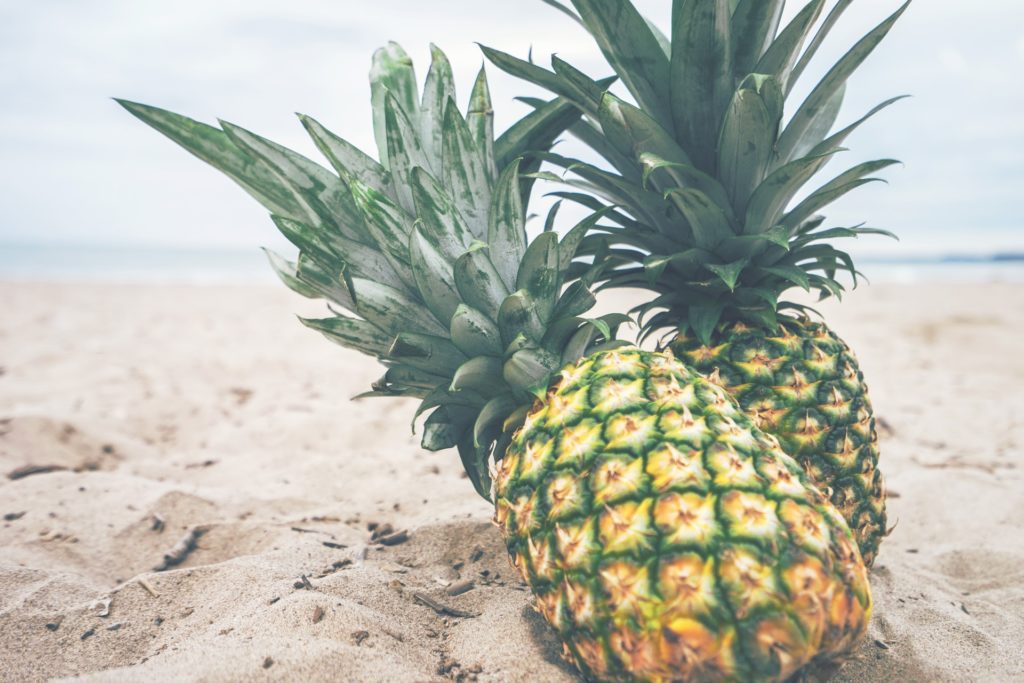
So, if something is made with high-quality materials and is crafted in the same way, then surely it should be considered luxury too? What are you so afraid of? Stepping out of your comfort zone, daring to be different, of being challenged for your sustainability effort? Or perhaps you think you won’t get the same level of gratification?
Sustainable businesses are here. Look out for them. Promote them. Help them flourish.
Whatever the reason, when we each take the decision to buy a sustainable product we should be proud of the fact. Sharing the experience with our friends and thinking about what has been saved. Thinking about the environmental benefit and the fair, ethical value which you have given to the person who made your item.
Sustainable businesses are here. Look out for them. Promote them. Help them flourish. Because we need to leave a healthy planet for future generations.
If you are reading this and are a business owner who gives corporate gifts each year. Perhaps this year you will consider giving a luxury sustainable gift instead? You will be leading the change in perception and it is a marketing-worthy decision that may even win you some new business.
Sustainable Fashion FAQs
Q1: What is the perception of luxury and how has it been shaped?
A1: The perception of luxury has been shaped by marketing slogans and imagery that we have been exposed to since childhood. It encompasses a story of heritage, experience, finely crafted items, handmade products, impeccable stitching, and traditional workmanship. Additionally, it is associated with high-quality materials such as top grain leather, Italian leather, and a no-compromise approach to quality.
Q2: Is sustainable fashion considered a luxury?
A2: Yes, sustainable fashion can be considered a luxury. Just like traditional luxury items, sustainable fashion utilizes high-quality materials and is crafted with the same attention to detail. Non-leather materials used in luxury sustainable products offer similar characteristics to leather, such as being waterproof, scratch-resistant, and anti-mildew. Sustainable textiles and linings are also created using organic and recycled fibers, resulting in fabrics that are thick, delicate, and luxurious.
Q3: Why is sustainable fashion struggling to gain respect?
A3: Sustainable fashion may be struggling to gain respect due to misconceptions and resistance to change. Some people may be hesitant to step out of their comfort zones and embrace sustainable alternatives. There may also be a concern about whether sustainable options can provide the same level of gratification as traditional luxury items. However, sustainable businesses are making strides in offering high-quality, environmentally friendly products, and it is essential to support and promote them.
Q4: What are some examples of sustainable practices in the fashion industry?
A4: The fashion industry is adopting various sustainable practices. Fashion brands are increasingly using organic fibers, hemp, and linen in their products. Outdoor and swimwear brands are incorporating recycled materials such as plastic bottles and nylon. Additionally, there are numerous brands for both men and women that produce high-quality, sustainable footwear, bags, and accessories. Textile developers are even creating materials from remnants of the orange, apple, wine, and pineapple industries to reduce waste and pollution.



